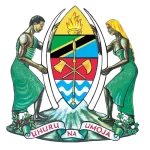Project Overview
Msimbazi Basin Development Project
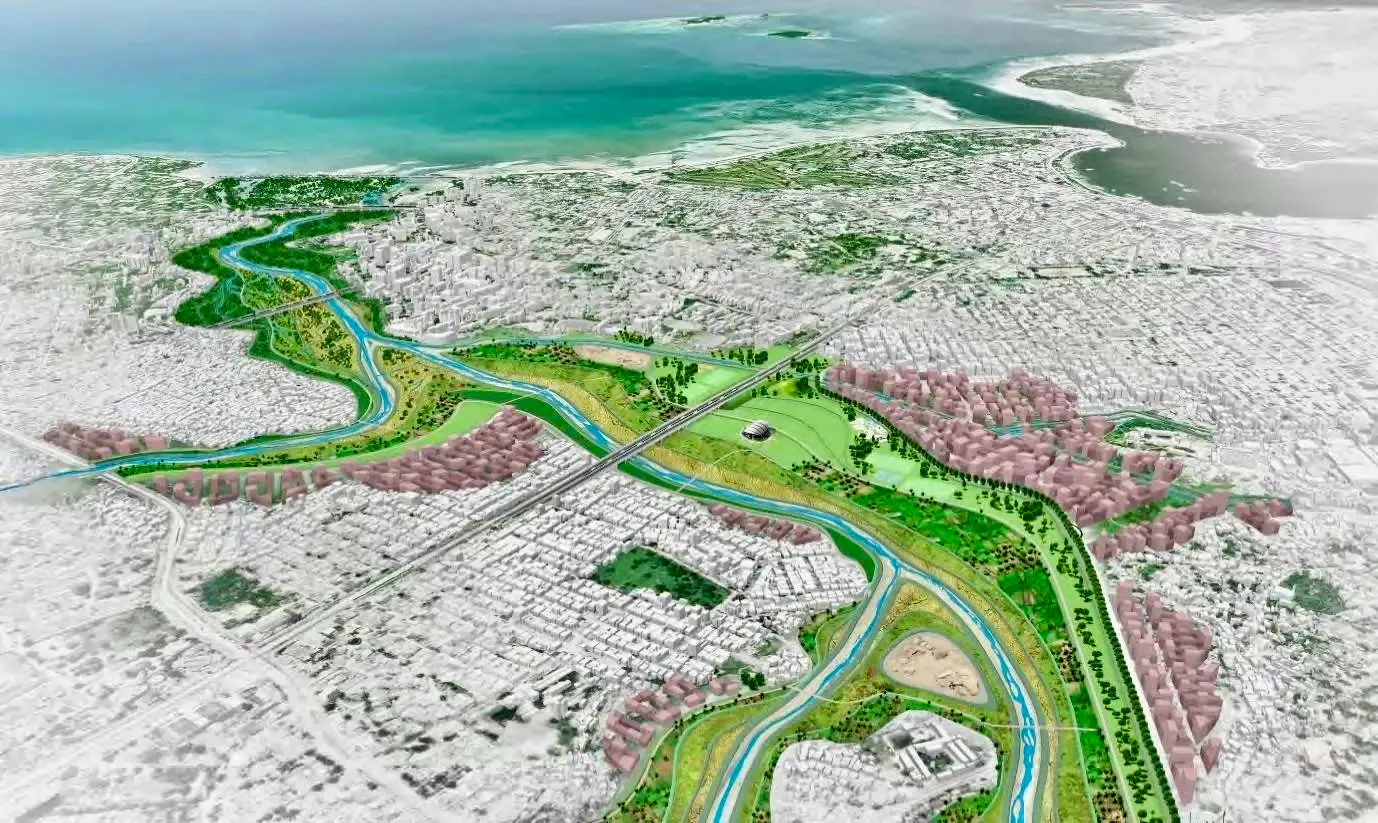
The Msimbazi Basin is an economically, geographically, and environmentally significant area that is strategically important for infrastructure, mobility, commerce, and ecosystem services, including flood control. Two of the four main traffic arteries in Dar es Salaam cross the main flood plain near the river’s discharge to the sea, including the city’s first operational Bus Rapid Transit corridor. The basin is densely populated with about 1.6 million dwellers, and over the past few decades, it has become highly polluted and experienced rampant environmental degradation. Flood-prone areas in the middle and lower reaches of the basin have been encroached upon by settlements and clogged by waste, debris, and sedimentation. This has resulted in a situation where annual rains result in loss of life and property, paralysis of key transport networks, and damage to critical infrastructure.
Enhancing Urban Resilience in Dar es Salaam Through Government Initiatives and Strategic Programs
The government of Tanzania (GoT) has embarked on several strategic programs to reduce the vulnerability of Dar es Salaam to natural hazards and the adverse impacts of climate change and build resilience to adapt to such impacts, including the impacts on transport: the Tanzania Urban Resilience Program (TURP), the Dar es Salaam Metropolitan Development Project (DMDP) and the Dar es Salaam Urban Transport Improvement Project (DUTP).
The Msimbazi Basin is an economically, geographically, and environmentally significant area that is strategically important for infrastructure, mobility, commerce, and ecosystem services, including flood control. Two of the four main traffic arteries in Dar es Salaam cross the main flood plain near the river’s discharge to the sea, including the city’s first operational Bus Rapid Transit corridor. The basin is densely populated with about 1.6 million dwellers, and over the past few decades, it has become highly polluted and experienced rampant environmental degradation. Flood-prone areas in the middle and lower reaches of the basin have been encroached upon by settlements and clogged by waste, debris, and sedimentation. This has resulted in a situation where annual rains result in loss of life and property, paralysis of key transport networks, and damage to critical infrastructure.
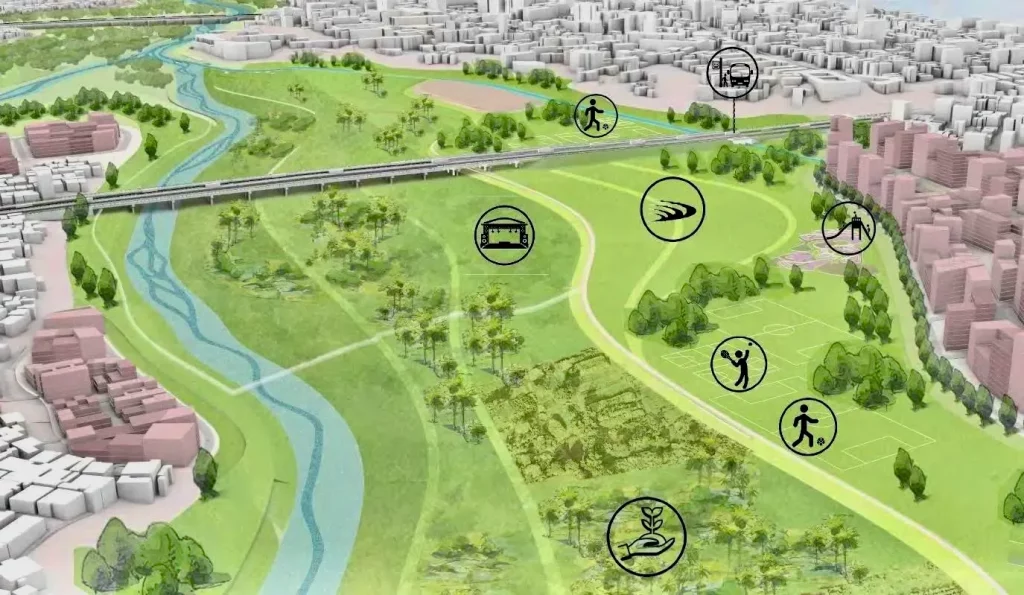
Enhancing Urban Resilience in Dar es Salaam Through Government Initiatives and Strategic Programs
The government of Tanzania (GoT) has embarked on several strategic programs to reduce the vulnerability of Dar es Salaam to natural hazards and the adverse impacts of climate change and build resilience to adapt to such impacts, including the impacts on transport: the Tanzania Urban Resilience Program (TURP), the Dar es Salaam Metropolitan Development Project (DMDP) and the Dar es Salaam Urban Transport Improvement Project (DUTP).
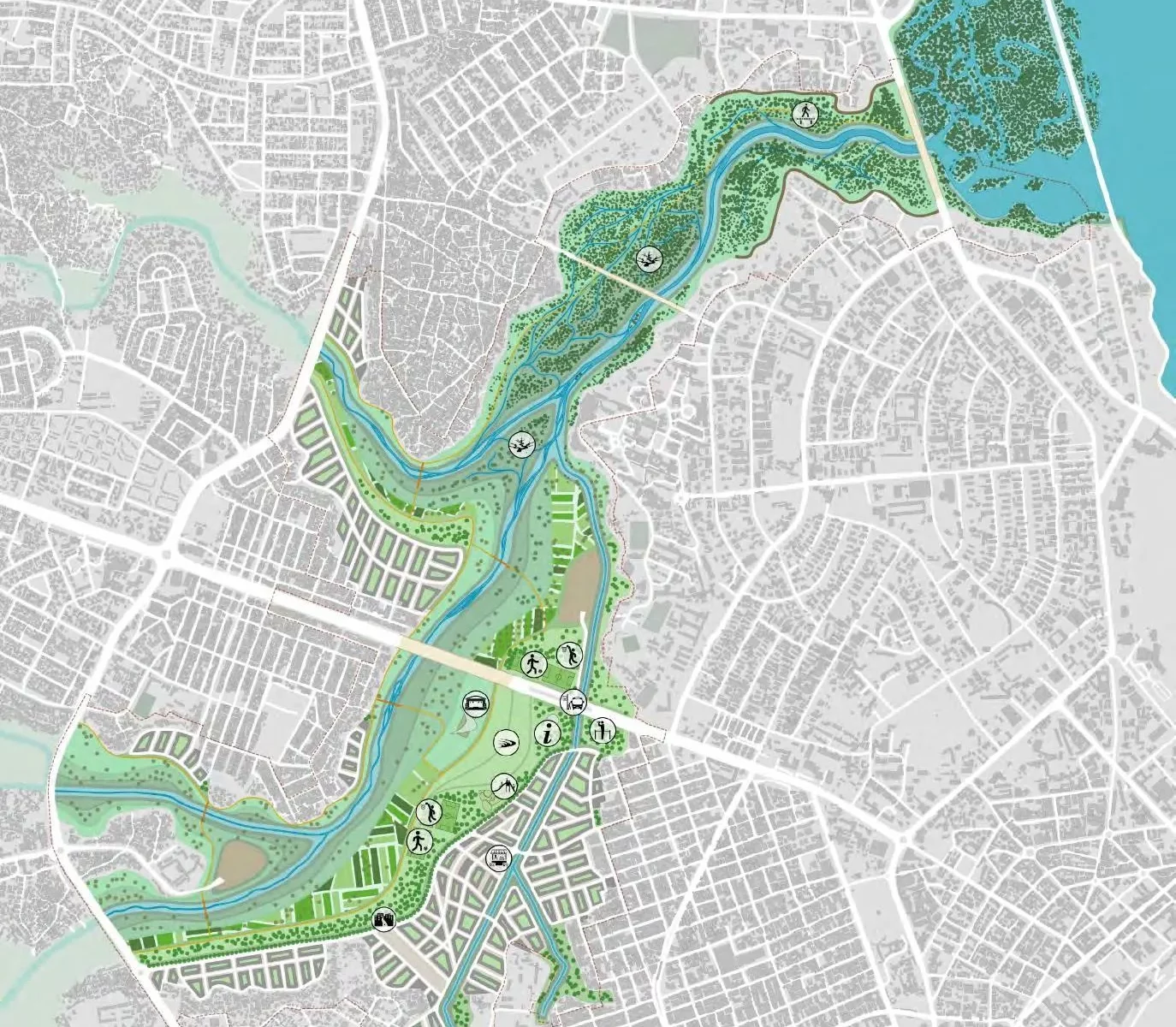
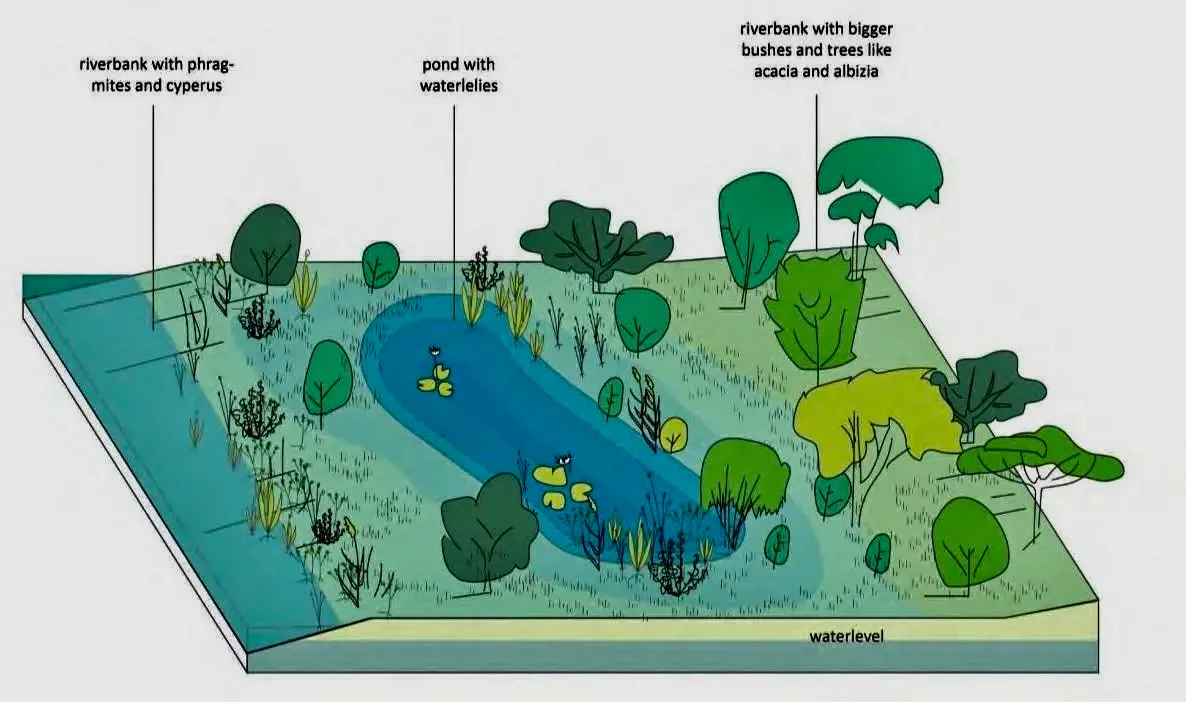
Boosting Flood Resilience in Dar es Salaam with the Msimbazi Basin Project
With the current financing of USD 200 billion in credit from the World Bank Group’s International Development Association (IDA), the GoT established the Msimbazi Basin Development Project (2022-2028) to strengthen flood resilience and integrate urban development efforts in this economically important and flood-prone area of Dar es Salaam. The project is anticipated to benefit from USD 60 million worth of credit from the Spanish Agency for International Development Cooperation and a grant from the Netherlands Ministry of Foreign Affairs through Invest International.
The proposed Msimbazi Basin Project will be implemented in the Lower Msimbazi Basin, from Selander Bridge to Kawawa Bridge, as well as upstream of Msimbazi, which covers the Pugu Hills. Therefore, the project covers the LGAs of Kisarawe in the Coast Region catchment area and Ilala, partly Ubungo and Kinondoni in the Dar es Salaam Region.
